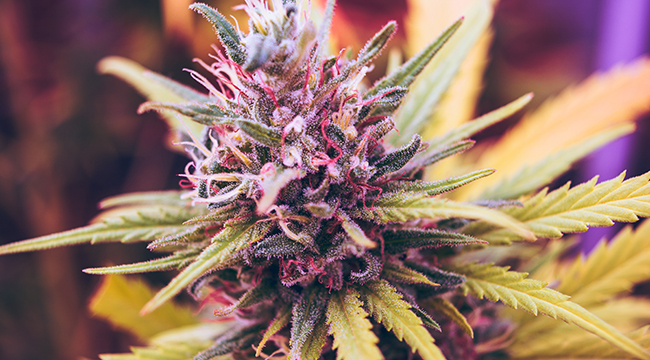
On January 1st, the nation’s biggest experiment yet in recreational marijuana went live with the first purchase of legal weed in California. As of the new year, marijuana is now fully legal in California. To smoke.
To sell it? That’s a bit trickier. California is essentially serving as a pioneer that other states, especially those that have legalized recreational use, will be examining closely. Here’s how the law works.
- From a smoker’s perspective, recreational marijuana is basically the same as alcohol, legally speaking: Under California law, you have to be 21 to partake, and you are legally prohibited from driving while high (which is a dumb thing to do anyway).
- This doesn’t mean you can just light a joint on the bus, though: You can’t smoke up in public, or smoke or vape in any non-smoking area. You can’t have more than an ounce on you, or give away more than that, and you can’t give it to people under 21. You can still get fired from a job or evicted from an apartment, for employers and landlords still have discretion in those areas. Also, federal law is still in effect, so college students need to be careful or they’ll lose their student loans.
- Medically speaking, nothing’s changed… but it will: The laws in place for medical marijuana are still in effect, but they’ll be changing as the state alters its drug policy to accommodate recreational marijuana users as well as medical users. That said, this is mostly about closing loopholes, so some medical standards will remain in effect. Just expect more paperwork, if you’re a medical marijuana user.
- Speaking of which, life just got miserable for pot shops: As of January 1st, you need a local license to operate your shop, and a state license. But you can’t get a state license until you secure your local license. Since several municipalities in California, including Los Angeles, haven’t gotten local licensing procedures in shape yet, L.A. will only have two recreational pot shops open as of today and several of its medical dispensaries will close down until they get that local license.
- A confrontation with the federal government may be inevitable: Medical marijuana has been legal in California since 1996, at least technically, but it’s gone largely unregulated. That’s suddenly changed, and many are concerned that most pot operations in California will simply go back to illegal dealing, this time shipping their wares out of the state. While the Trump administration is all bark when it comes to marijuana, it may still try to use these criminals as a lever to hurt the Golden State. If that happens, recreational pot users may be caught between the state and the feds.
- And there’s still the ugly question of what to do with the thousands arrested for marijuana now that it’s legal: Contrary to popular belief, California hardly had “de facto legal” marijuana. Half a million people have arrests for felonies and misdemeanors on their records, and the law also allows them to get those charges removed from their records, but only if they ask for it. It’s unlikely this issue is settled, especially as California is struggling what to do with its criminal justice system.
So marijuana, itself, is legal in California. But it’s unlikely to be a settled issue for a long, long time. Stay tuned for updates.
